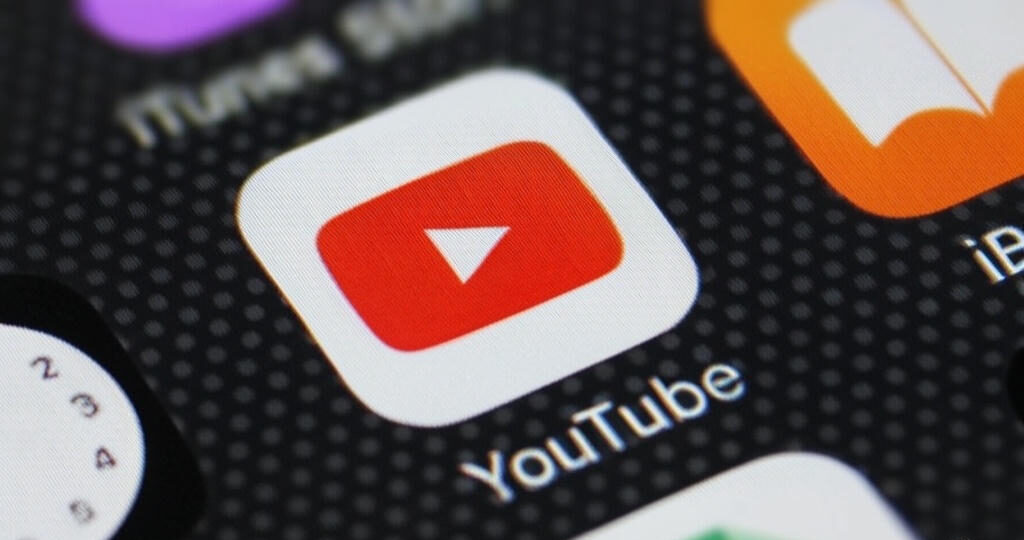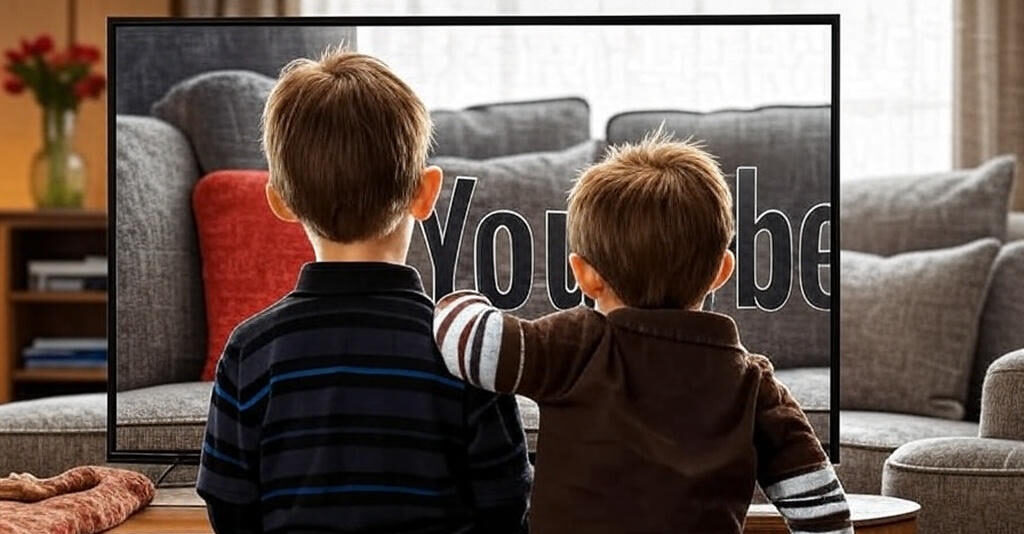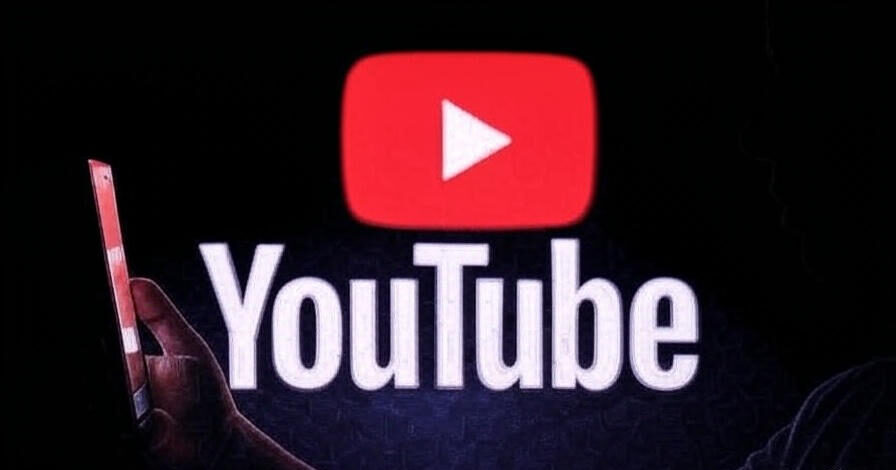
Hey there, YouTube fans! Big news dropped on August 13, 2025: YouTube rolled out a new age estimation tool for U.S. users, and it’s all about keeping the platform safer, especially for folks under 18. This is a huge step toward making sure kids and teens have a positive, age-appropriate experience while browsing videos. It’s also a response to growing concerns about what younger users might stumble across online. Let’s dive into what this new system is, how it works, what it means for users and creators, and why it’s sparking some heated discussions.
New Age Estimation Tool All About
YouTube’s new tool is designed to figure out if a user is under 18, and it’s way smarter than just trusting the birthdate you type in when you sign up. Let’s be real—some folks, especially teens, might fudge their age to get around restrictions. YouTube’s system, as explained by James Beser, their Director of Product Management for Youth, looks at things like what videos you search for, what you watch, and how long your account’s been active. By piecing together these clues, the tool can spot accounts that might belong to younger users, even if they claimed to be older.
This isn’t a brand-new idea—it’s already been tested in other countries and has worked pretty well. Now, YouTube’s bringing it to the U.S., starting with a test phase on August 13, 2025, before rolling it out to everyone. The whole point is to catch underage users without messing up the experience for adults, striking a balance between safety and letting everyone enjoy YouTube’s massive video library.
Keeping Teens Safe with New Protections

So, what happens if the system flags you as under 18? YouTube steps in with some thoughtful protections to make the platform safer and more teen-friendly. For starters, they turn off personalized ads, which means less data collection and ads that are more suitable for younger viewers. They also activate features like reminders to take a break or notifications to avoid late-night scrolling, helping teens manage their screen time. Plus, they block access to videos with mature themes or violence, so kids aren’t exposed to stuff that’s not meant for them.
These changes are all about creating a space where teens can explore YouTube without running into content that might be too heavy or inappropriate. It’s like setting up guardrails to keep things fun but safe.
Fixing Mistakes with Easy Verification
Nobody’s perfect, and YouTube knows this system might occasionally flag the wrong person. Say you’re an adult who loves watching gaming tutorials or animated shows—there’s a chance you could get mistaken for a teen. No worries, though! You can prove you’re over 18 by uploading a government-issued ID, sending a selfie, or linking a credit card. This lets you get back to your regular YouTube experience without any hassle, keeping the safety net.
How This Affects Your Favorite Creators
If you’re a creator, this new system might shake things up a bit, especially if a lot of your fans are teens. For accounts flagged as under 18, any videos uploaded will automatically be set to private, so they won’t reach a wide audience. Teens also won’t be able to earn money from things like live stream gifts, which could mean fewer interactions for creators who rely on those features. And since YouTube’s switching to non-personalized ads for younger viewers, creators might see a slight dip in ad revenue, as those ads tend to pay less.
Adjusting to New Analytics Insights

Creators, heads up: YouTube Analytics is getting an update to include this age estimation data, which could change how you see your audience. If a chunk of your viewers is identified as teens, you might need to tweak your content or find new ways to keep your channel growing. YouTube says most creators won’t feel a huge impact, but if your audience skews young, it’s worth thinking about how to adapt, maybe by exploring other ways to monetize or connect with fans.
YouTube Making This Change.
This isn’t just YouTube being extra cautious—it’s a response to some serious pressure to protect kids online. In the U.S., laws like the Kids Online Safety Act and various state regulations are pushing platforms to step up their game when it comes to keeping minors safe. YouTube’s new tool is their way of closing the gap that lets teens sneak past age restrictions, making sure they’re following the rules while keeping the platform a safe space.
A Look at the Global Picture
It’s not just a U.S. thing, either. Around the world, countries are cracking down on online safety. Australia’s talking about banning social media for kids under 16, and the U.K. has already rolled out age verification rules for some platforms. YouTube’s jumping ahead of the curve here, and their approach could inspire other platforms to do the same.
The Privacy Debate: What’s Got People Talking
Not everyone’s thrilled about this new system. While it’s great for keeping teens safe, some folks, including groups like the Center for Democracy & Technology, are worried about privacy. They’re concerned that analyzing how people use YouTube to guess their age could feel like snooping. There’s even a Change.org petition with over 68,000 signatures calling it “mass surveillance” and warning it might lead to more invasive data practices. On X, people are chiming in, too, with some calling it “creepy” and others stressing about the risks of data leaks or YouTube holding onto sensitive info like IDs for too long.

Finding the Right Balance
YouTube’s trying to reassure everyone that they’re keeping data collection as light as possible and have strict rules to protect user info. Still, they’ve got to keep the trust of their community. Being open about how they use this data and making sure it’s handled safely will be key to calming these fears and making this a win for everyone.



